We’ve collected the best 16 intermediate calisthenics workouts for beginners who want better results.
In this massive post you’ll get:
- Muscle up routines
- Back lever routines
- Front lever routines
- Fundamental rules for muscle growth.
- And lots more.
(It almost seem too good to be true, right?)
These intermediate calisthenics workout plans will take your training to the NEXT level.
Ready?
- 1. Routines For The Muscle Up
- 2. Routines For The Back Lever
- 3. Routines For The Front Lever
- 4. Routines For The Planche
- 5. Routine For The Human Flag
- 6. Pistol Squat Routine + 1 Bonus Leg Killer Routine
- 7. Levels Of Intermediate Training Schedules
- 8. Level 1: Intermediate Rookie
- 9. Level 2: Intermediate Beginner
- 10. Level 3: Intermediate Veteran
- 11. Bonus Tip: Fundamentals For Muscle Growth
Extra Motivational Tips: Download the free guide and discover what little book I used to keep myself motivated while doing these routines and how I used this special book to master all of these skills 100%.
Calisthenics Workout Routine Time
These routines require a strong foundation.
Don’t jump into them too early, or you might end up hurting yourself.
If you combine a strong foundation with these specific drills, new levels of skill will unlock to you.
FAST.
Essentially there are 5 intermediate strength skills which you want to aim for:
-
-
- Front lever
- Back lever
- Planche
- Muscle Up
- Pistol Squat
-
These intermediate skills are covered in the routines.
Different skills will have a different effect on your body and doing just one skill comes at the expense of something else.
Those are factors to keep in mind when building the body you want.
How do you start? 4 simple steps.
1) First set a a clear goal in terms of what skill(s) you want to master.
2) Find a routine that matches your specific goal.
3) Determine how often you are going to train for that specific goal. This needs to be at least 3 days a week.
4) Take action.
It’s not rocket science and while it’s easy to do.
It’s also easy not to do.
Now that you’ve written down those goals. Let’s get started.
Routines For The Muscle Up
If you are like most people it’s probably the muscle up that caught your attention first.
9 out of 10 times it’s the number one goal on the list of beginners.
The quality of the execution plays a very big role in what you actually get out of the move.
There is a big difference between a strict and a kipping muscle up.
The former uses very little motion generated from the legs, while the latter does the opposite and tries to maximise motion from the legs.
And as a result increases the ease of the exercise at the cost of the adaptive forces.
The muscle up is a combination of both pulling and pushing exercises which makes it an integral compound movement for people beyond the beginner level.
If you aren’t too sure about the quality of your muscle up, make sure you read The Minimalist Guide To A Muscle Up For Beginners.
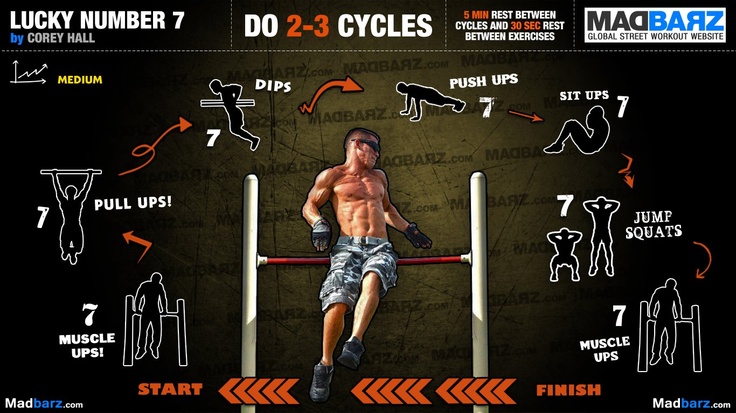
Routines For The Back Lever
Generally the back lever is the first ‘intermediate’ foundational skill that most people achieve.
The postition of the body provides you with a biomechanical advantage which makes it much easier than the front lever.
A good back lever in turn can contribute to a better front lever and the same goes the other way around.
The skills aren’t both indicative however.
Someone with a good front lever will generally also have a back lever, someone with a good back lever doesn’t necessarily have a good front lever.
A big emphasis in the back lever is placed on the ability of the shoulders to stay active in the horizontal position.
A skin the cat and the tucked back lever are essential exercises to develop what is referred to as protraction of the shoulder blades.
Where the shoulder blades are pushed away from each other actively.
For more information read The Back Lever Progression For Beginners.
Routines For The Front Lever
The front lever is a foundational high level skill that will put a great emphasis on a strong core and especially strong lats.
Contrary to the back lever the front lever focuses on retraction, or the pulling together of the shoulder blades.
The combination of both active lats and retracted shoulder blades will allow you to stay in the air horizontally.
Easier variations such as leg raises and back levers will help you in the development of the front lever.
Routines For The Planche
The planche is one of those skills many people wish to have, but few actually achieve.
The required level of strength coming both from the shoulders and lower back is beyond what most people can even comprehend.
Nevertheless it’s a great goal to have and an amazing isometric exercise for higher level skills.
Planche work can be combined with front or back lever work in order to balance both pushing and pulling with straight arms.
This implies that all the strength comes from the shoulder connection.
Whereas with the muscle up, part of the bicep/tricep is used to a greater extent.
For a more detailled explanation read Your Road To The Straddle Planche.
Routine For The Human Flag
Similar to the front and back lever, the human flag is a straight arm element.
The emphasis in this case is placed mostly on the obliques or the sides of the abs in addition to the shoulder and the lats.
While it’s a great sight to see and a nice goal to have, it doesn’t translate to more advances moves in a way that would make you want to choose it over the back lever, planche or front lever.
But if it’s on that bucket-list of yours, it’s definitely a great goal to have.
Pistol Squat Routine + 1 Bonus Leg Killer Routine
It is well documented that leg training aids in overall upper body strength.
Not training your legs only backfires in the long run.
Contrary to the shoulders which are capable of very complex movements, the legs rely mostly on intensity.
They carry your entire weight during the day and are therefore mostly consisting of different types of fibres which need to be recruited in a different way.
These routines will make sure you know you’ve had a leg day the day after.
If you are still struggling with pistols, make sure you read The Guide To Learn The Pistol Squat.
3 Levels Of Intermediate Training Schedules
At an intermediate level you have the basics down.
Not only do you have them down with good quality, but you also integrate them into your warming up.
The basics become a conditioning tool to get your muscles and body ready for the higher strength requirements of intermediate skills.
Level 1: Intermediate Rookie
You want to see some results, but aren’t really committed.
The rookie level is the bar minimum of training required to see any type of results.
Chances are that if you are at an ‘intermediate level’ already you probably workout more than 3 days a week consistently.
If you aren’t or never have, you most likely lack connective tissue strength.
Still, if you are looking for an easy workout schedule for intermediate training.
This will provide you with a good schedule to rely on.
Level 2: Intermediate Beginner
You are looking for a high intensity training schedule with ample rest.
The intermediate beginner level will give you less rest than the rookie schedule and a higher intensity.
But in between days you will still have enough time to recover even if you don’t actively focus on it.
Combining pushing and pulling schedules with both bent and straight arm focused skills.
In addition to a better balance between leg and upper body strength for an overall stronger body.
Level 3: Intermediate Veteran
You are serious and willing to train most if not every day.
At the veteran level you’ll have to focus on your rate of recovery for a significant amount of time.
The harder you train the harder you’ll need to recover.
Without proper focus on recovery you will not sustain this type of training for a long period of time.
As with any routine or workout schedule, it all depends on your goals.
These 3 workout plans serve as a tool which you can use to design your own plan.
Keep in mind that your warming up is a key to a good workout.
At this level if you haven’t been focusing on flexibility you will find yourself in a tight suit.
The front pike is a good place to start working on flexible hamstrings with calisthenics.
NEVER make concessions on your warming up and your flexibility.
At the intermediate level, you probably already know this.
Still, it cannot be repeated enough.
Bonus Tip:
There are 3 fundamental rules to muscle growth and a good routine is just one.
If you don’t take care of the other two fundamentals you will not get the results you want.
Want to know what the second fundamental rule is?
Make Your Own Calisthenics Workout Plan
No workout plan is the same.
As you progress from beginner to intermediate, you’ll realize that the name of the game is: “Individualization”.
You’ll need to develop the skill to draw your own picture.
What do you want to achieve? Are you really ready?
Part of development and becoming better is realizing that you will need to start taking responsibility for your achievements.
If it were easy every Bar Brother would do these exercises.
The secret? It’s all about perfecting the basics first.
You need to make sure that your basics are flawless.
You need to be able to do them with your eyes closed.
I know you are thirsty for more.
But when you drink the water.
Remember the spring.
Beast Mode ON!
Now I’d like to hear from you:
Did you like this post? What other routines have you come up with?
Or maybe you have a question.
Either way, make sure you get your download and leave a quick comment below right now.
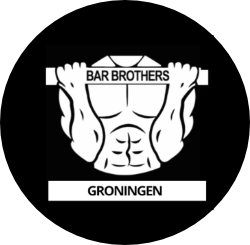

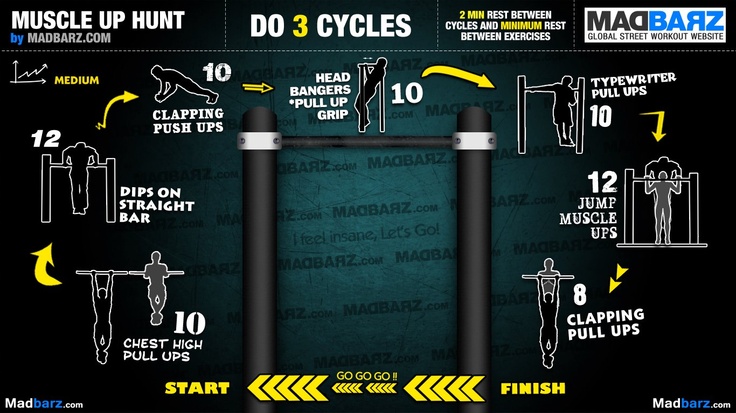
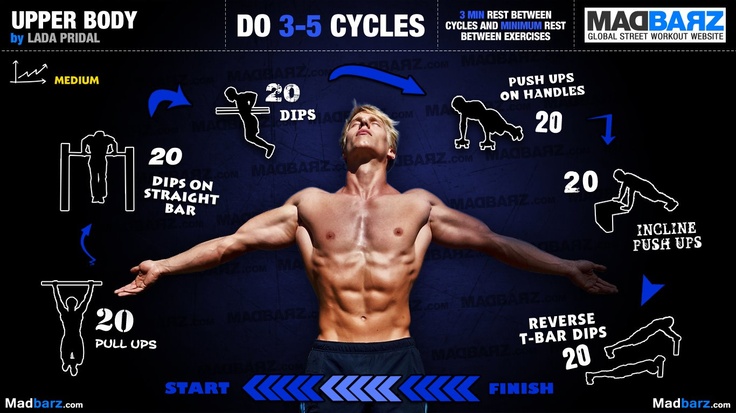
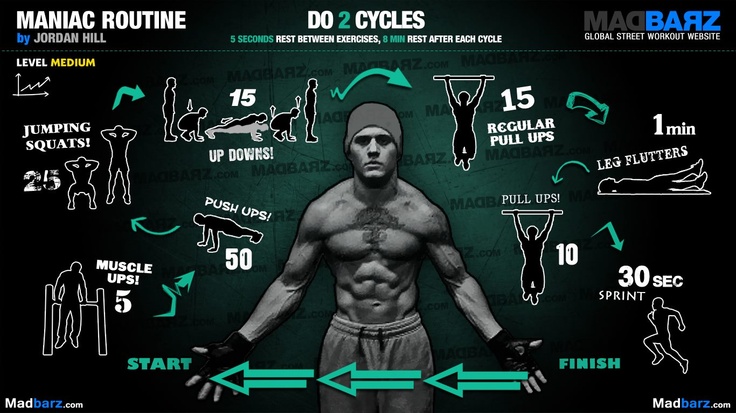
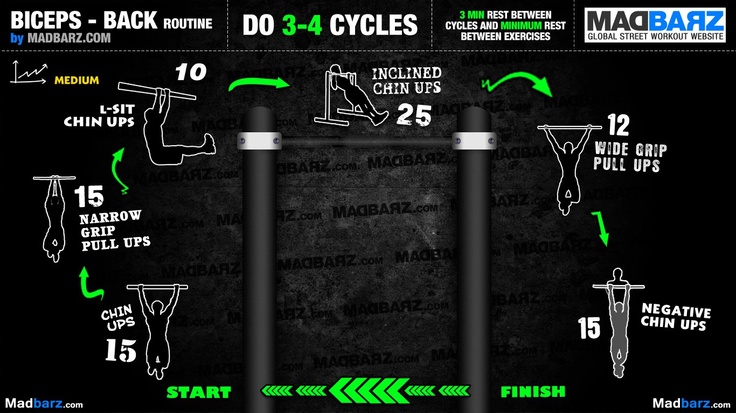
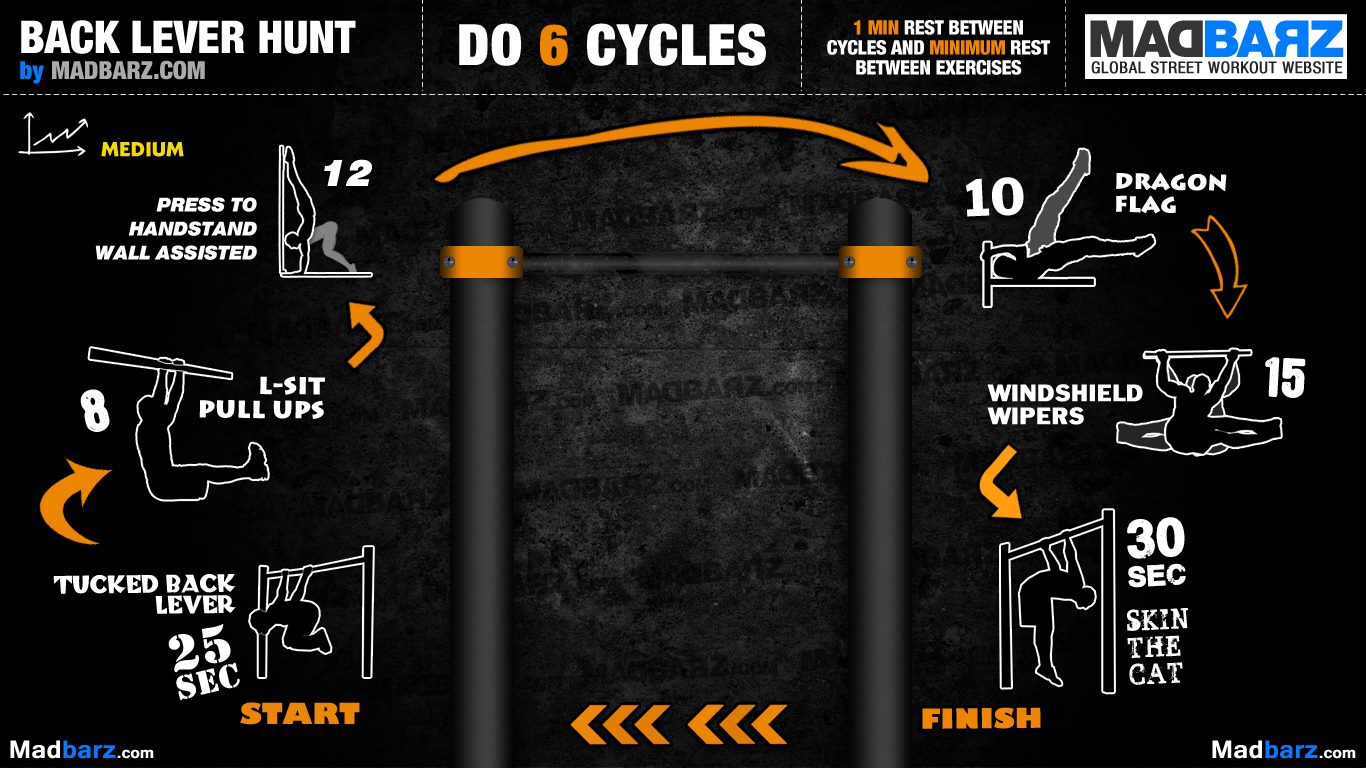
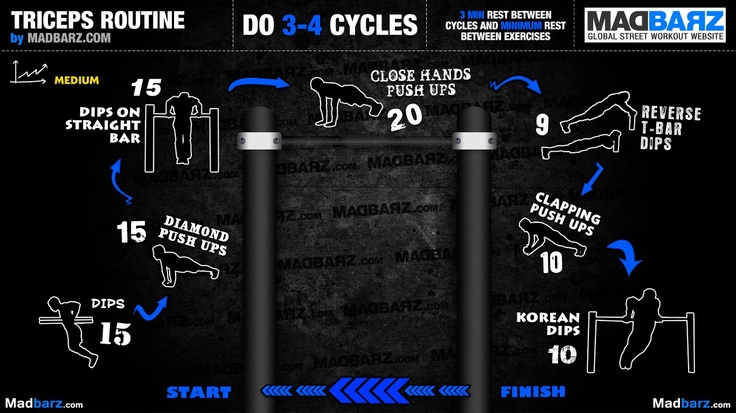
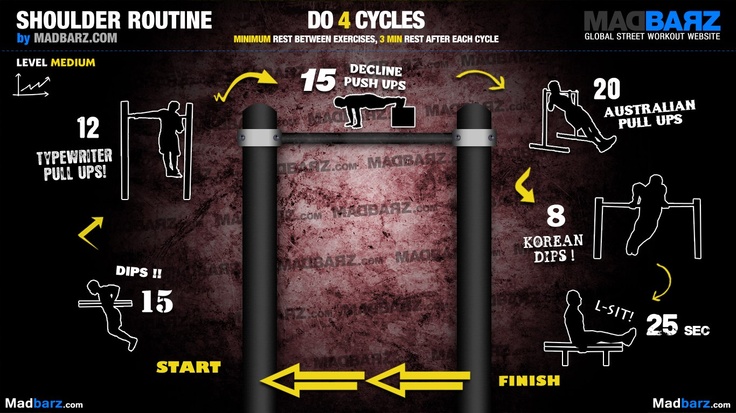
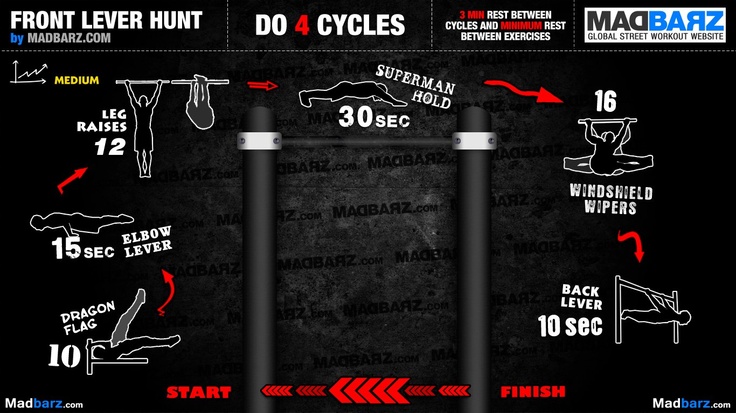
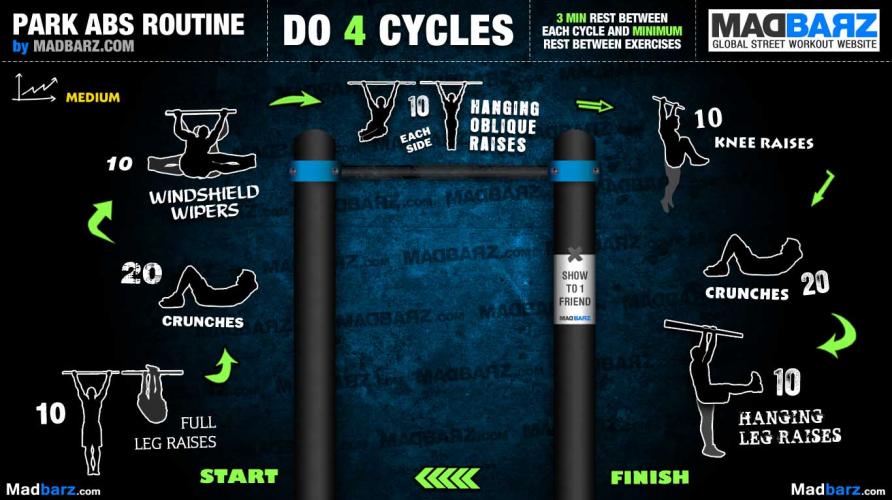
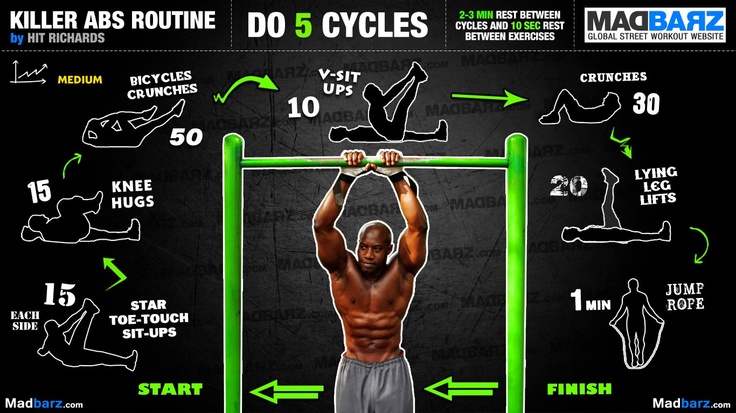
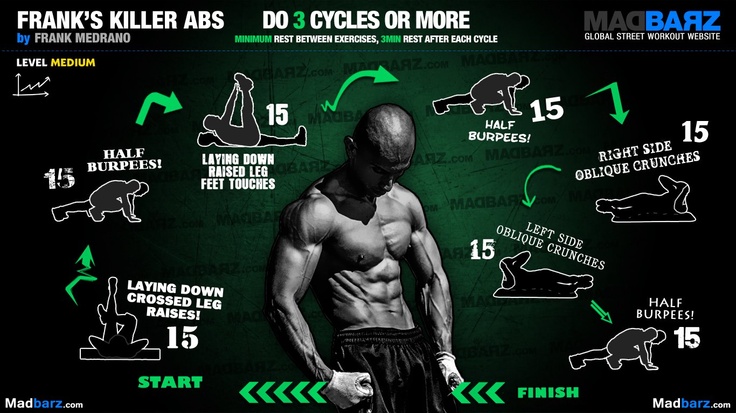
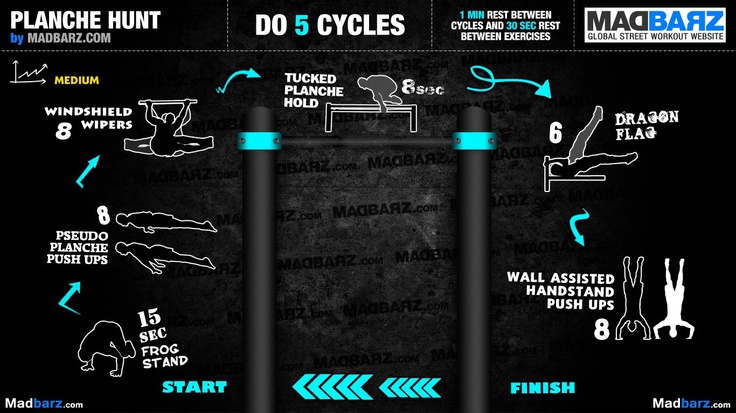
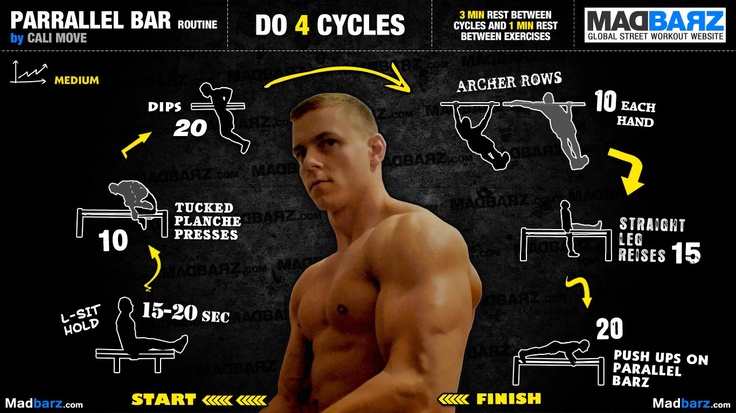
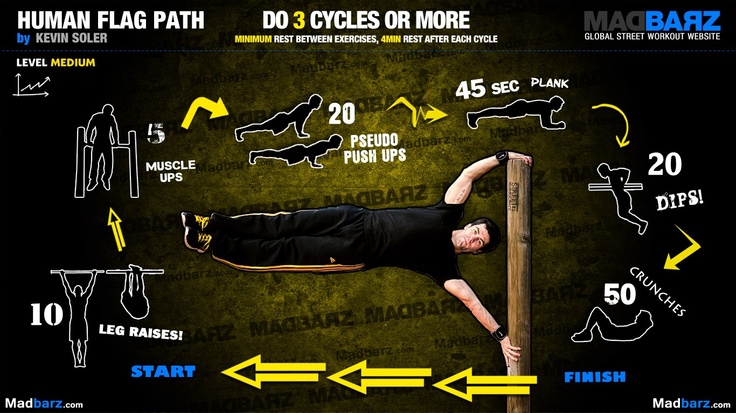
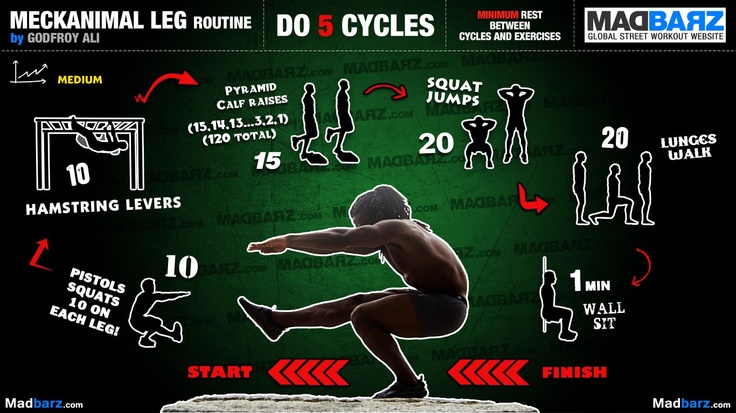
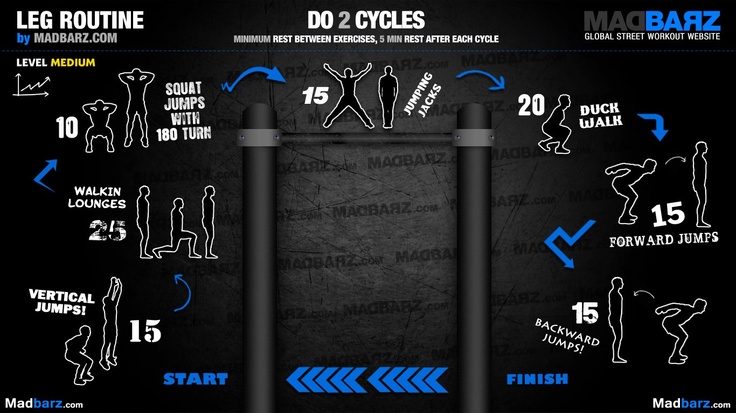
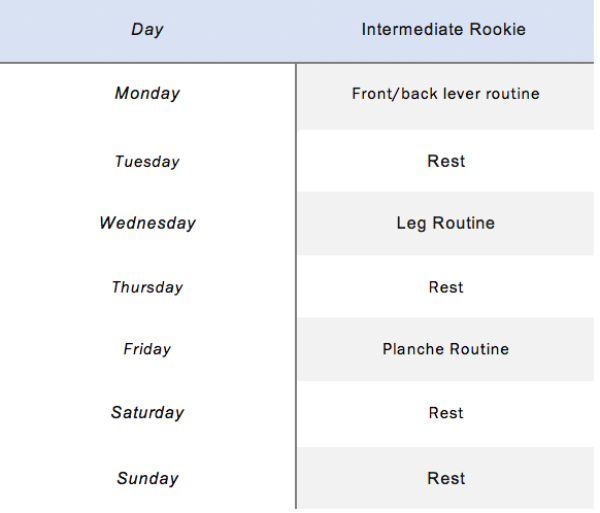
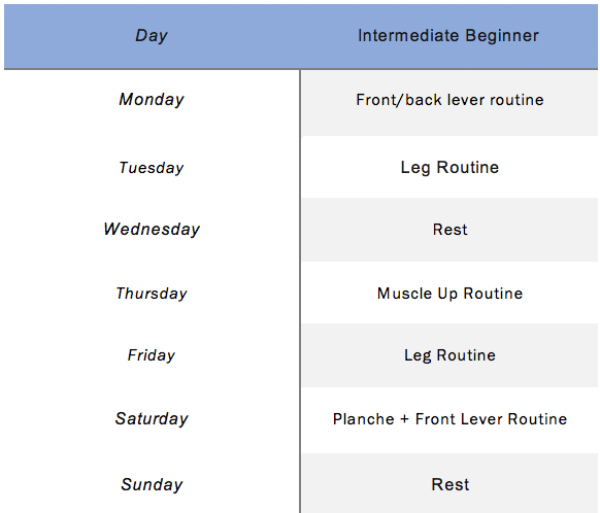
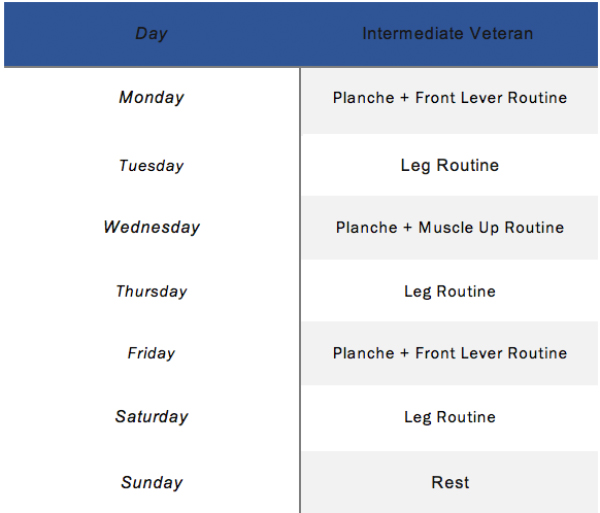
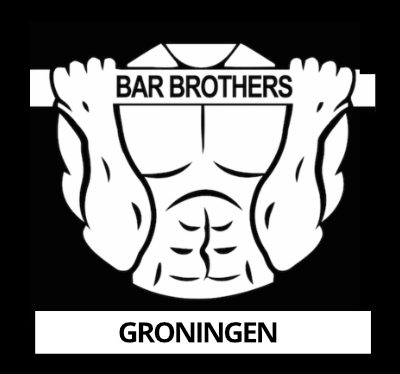
Hey bro I got a question: can you train one routine and other in other day of the week example: Monday upper body and Wednesday the human flag routine?
Hey Alex,
Yes that’s no problem, keep in mind though that if you want to learn a certain move, let’s say the human flag that you will really need to do this routine more than once a week.
I personally set a goal and stick to the routine that’s going to get me the strength to achieve that goal in addition to a second routine.
I do two routines every training, one for my goal and one to add some variation.
Beast Mode ON!
Hello!!
I would like to know if we reach a number of repetition but we can do more, do i have to continue until i max out or not ? (for each exercice)
For example in a routine i have to do 20 push up but when i’m in 20th push up i’m not max out have i to continue to do push until i max out ?
Thx for your answers.
Sorry for my english i’m french ^^
Ps: After one month of hard training i can do muscle up NOW!! i’m so happy
Hey Pierre,
First of all congratulations! Haha, awesome…the first muscle up after one month…that’s pretty impressive bro, keep going!
Secondly, it depends, you can do max or stick to a number of repetitions…it’s primarily a mental thing. Usually when you max out, you don’t have something to focus on and might end up doing less than you actually can.
If you have 20 reps and you can easily get them just double the number, do more sets or make your push ups slower…really slow or some other cool stuff…check out this blog:
http://www.barbrothersgroningen.com/the-quick-guide-to-bar-brother-training-resistance/
Hope this helps!
Beast Mode ON!
okayyy!! but i never do specifically shoulder..
but i never do specifically shoulder..
Thank’s for your great answers!!
I would like to know if it’s important to do specifically shoulder workout ? because they are use in all of kind of routine (chest,back,and other stuff)….?
Because actually i workout on monday with back lever hunt and a chest routine, on thursday abs and core, legs on wednesday tje same as monday,tuesday the same a thursday,and friday the same as monday ^^, and saturday abs and core..
Thank’s a lot for all your article and your answers!
Beast mode on!!!!
Hey Pierre,
True, with most of the routines you will activate the shoulder muscles, because you are doing compound movements.
If you want to learn a handstand for example it would be wise to focus on doing handstand push ups against a wall to strengthen your shoulder.
As for the routines you are doing right now, those are definitely hitting your shoulder muscles, so don’t worry about that. When the time comes to learn a handstand for example, I can advise you to start focussing on your shoulder muscles more intensely, but that’s for future training. First try to get that back lever ;)!
Great question btw!
Beast Mode ON!
Querría saber como poder definir al máximo, como lo hacéis vosotros, un saludo
Hello gents,
Great site!
I live in Groningen myself (North of the Netherlands). Yours could be the american Groningen. But i wanted to comment on the site!
Love how you posted these workouts very clearly.
I myself could do a human flag when i was around 17. Did a lot of surfing and had great upper body strenght.
now played rugby for 2 years and looking for something new. I decided to pick up no weights training after doing a 5*5 workout for a few months.
Again, great site!
More is always welcome
Hey Bas!
Thanks for your comment bro!
There are group workouts at canadalaan in Groningen every sunday around 15:00. You will meet a lot of dedicated guys, who are eager to learn and teach one another, I can highly recommend it!
Beast Mode ON!
HEY barbrothersgroningen I AM GET STARTED CALISTHENICS WORKOUT WITH YOUR IDEA AND ADVISED I LOVE BAR BROTHERS
Hey bro,
Thanks for the comment! Let’s do it!
Beast mode ON!
I love the way these workouts are designed and how they are put together as graphics. I have done 3 of them so far (Franks abs, Leg routine, and human flag). I’ve had to regress on a few of the exercises, although still very challenging.
I’ve been interested in natural movement and have been practicing calisthenics for some time now, but these workouts have presented a great structure as well as a challenge.
What are practices you do to stay injury free while still training hard? (any particular articles I should read?)
Thanks bros and keep it up!
Hey Skyler,
Awesome first of all!
With regard to injury, firstly eating clean and secondly doing a really good warming up.
In addition, I add some exercises which are considered weird usually…training out of alignment (Check out the blog on warming up).
And recenly I have been doing some yoga stretching as well, because most of the explosive movements of calisthenics will cause you to lose some flexibility which in turn will make you more injury prone. And just do something completely new sometimes, like surfing or dancing or a fighting sport, just to shock your body out of it’s usual patterns.
Hope this helps!
Beast Mode ON!
hello,
So I’m used to working out 5-6 times a week but im new to calisthenics, soi don’t really know how to structure my workouts. I figured I’d start by getting stronger before attempting any technical mouvements but the beginner exercises are too easy. So my question is, how do i incorporate the intermediate upper body, leg and ab routines into a one week plan for example.
Thanks in advance
Hey Mathieu,
First of all, great that you have started working out.
Secondly, it’s easy…just pick 1-2 routines you want to master and do it for 3-7 days.
Simple as that, there is no one-size-fits-all method. You find out what works for you by doing ;). Your body is your best teacher. Just make sure you add all 5 muscle groups (Back, legs, chest, abs, arms) which is an evident thing, since most exercises address multiple muscle groups.
Beast Mode ON!
Man! I have to say, your workout routines that you just showed up there is amazing! That helped my problem on creating a workout a bit. However, I want to create my own. Like a 3 month workout series…but I don’t know how. I just don’t know how much you need to rest or how to add in cardio. I have so many questions about everything, and I want to start badly. Im in good shape, can do 60 push ups, 20 pullups, 40 dips, did my first muscle up a few days ago. Any ideas and suggestions to help me?
Hit reply by accident :p So yea, how can I create my own workout? Im thinking of doing a full body routine and another routine for each day. But should I rest the next day? Cuz I hate resting, I feel like I’m wasting a day to improve on goals that I like reach. And speaking of goals, I want to be able to do a free handstand and a back lever (eventually front lever). I did accomplished my recent goal which is to do a muscle up in 2 weeks, so Im happy about that However, I do need to work on my form, since I use momentum…As you can see, I have a lot in mind. Ugh, I just dont know where to start. It like I want to do everything at once. Oh and one thing I really really really would like to work on is my core. I think your core is the most important because that will help me reach my goals like a handstand. Sorry for saying so much and going on and on, but I really would like your help. Please reply as soon as you can. Thank you
However, I do need to work on my form, since I use momentum…As you can see, I have a lot in mind. Ugh, I just dont know where to start. It like I want to do everything at once. Oh and one thing I really really really would like to work on is my core. I think your core is the most important because that will help me reach my goals like a handstand. Sorry for saying so much and going on and on, but I really would like your help. Please reply as soon as you can. Thank you 
Hey bro,
Haha love the motivation!
With regard to your goals, check out the beginner or intermediate exercises. More preferably, check out the 6 months plan! Choose a routine you like or stick to the six month plan. The back lever is quite easy to learn, compared to the handstand and front lever (usually). Check out the back lever routine! On fixed days do that routine and add some full body workouts or cardio on other days to add variety. It’s going to strengthen your core, believe me…:D
Btw congrats on getting your first muscle up! Best feeling ever…!
Beast mode ON!
Hey bro,
Welcome to the movement first of all!
Your question is quite difficult, because any customized schedule is highly individualistic.
Essentially what I can tell you are the fundamentals:
– train at least 3 times a week, preferably more
– exercise the right nutrition muscles (check out the blogs on nutrition)
– minimize rest between exercises and stick to max 5 minutes between cycles, preferably less.
– write down your goals and use routines that will help you achieve those goals. This is really important for you since your question shows that your goals aren’t clear yet.
And much more…take note that this advice is based upon personal experience, ALWAYS experiment and find your own sweet spot!
Beast mode ON!
Hey bro,
Amazing website. I have read about the 15 minute workouts, the 16 killer calisthenics workouts, now the 6 month challenge.
Just wondering if there was a correct order to do them in, or can you just chop and change for what feels right for you? Or is it worth picking say and sticking to it? I.e the six month challenge.
Thanks man.
Hey Lee,
Thanks for the positive comment!
Haha, it can be quite confusing I have to confess. I’m in the process of making it more clear. Essentially what you want to start with if you are a complete beginner is the 15 minute workout (Take note that this is for people who are completely out of shape). Most people can start with the 6 month plan…after the 6 month plan you can move on to the 16 killer workouts.
I’m in the process of writing a second part of the 6 month plan to make sure you have a complete 12 month plan. To add to your question, both the 6 month plan and any other routine on this website is in no shape or form the ghospel truth. Always add what feels good to you. These plans and routines will however definitely help you get results.
Summarized:
15 minute routine if you are completely out of shape, if you aren’t start with the 6 month plan and after the 6 month plan start experimenting with the intermediate routines. From that point on it’s a do what you feel is good for you plan…;)
Hope this helps!
Beast Mode ON!